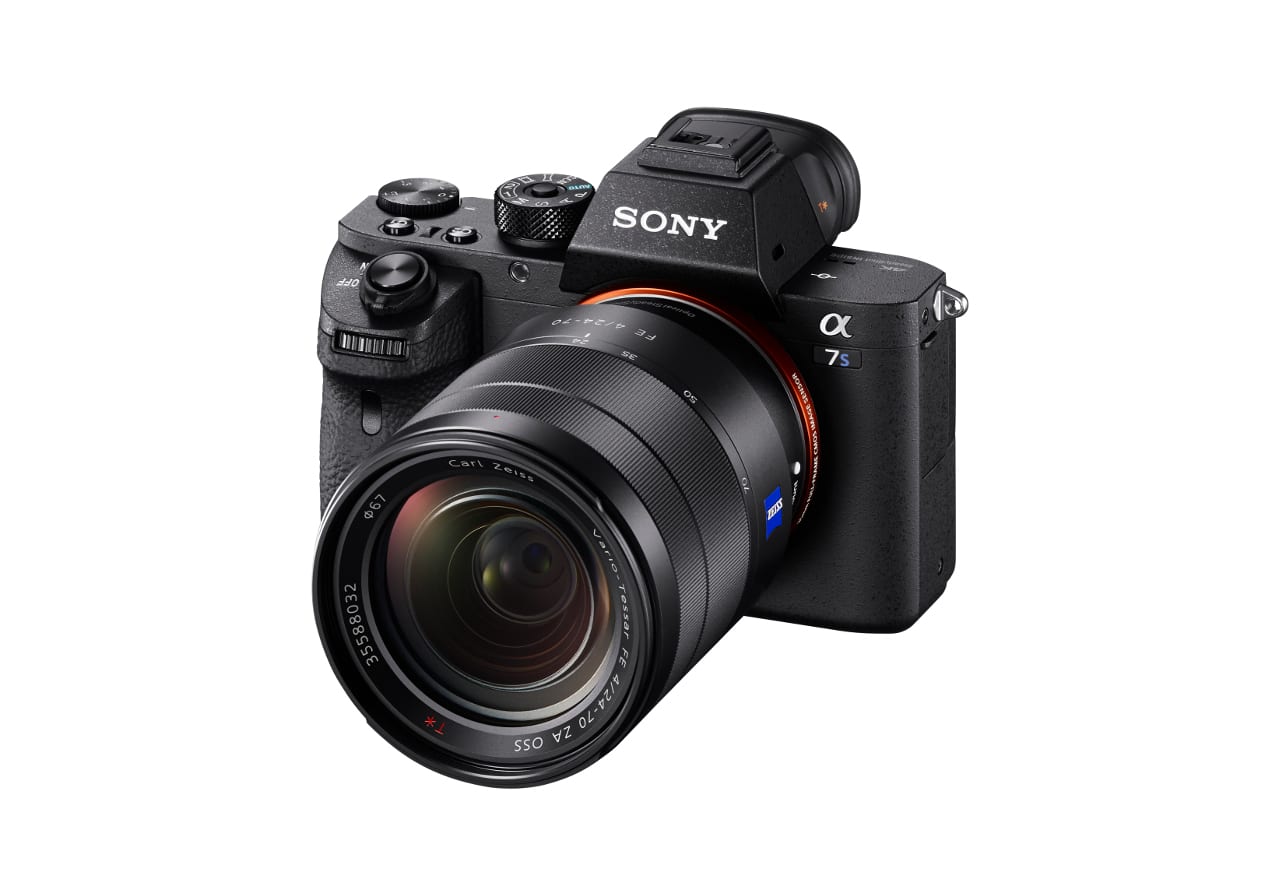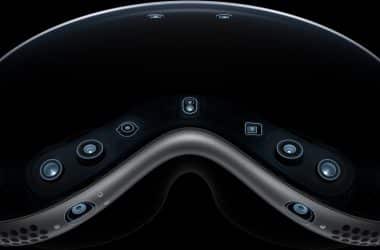Tesla is expected to launch an autonomous robot taxi network (ride sharing, but with autonomous cars) in 2020, and it will be accompanied by a dedicated fleet of Tesla’s own taxis where applicable. The Tesla Network will enable customers to add their cars to the ride hailing app.
Ride hailing apps are already a reality, but I do think they could take off much more so than they already have if the cars being shared are autonomous. Ride hailing services for conventional cars entail driving your car to the customer yourself, or having the customer come to you to pick it up.
This isn’t the most convenient way to go about doing it. It’s much easier if the car can just drive itself to the customer while you get other things done. Car owners will still have to trust whoever rents their car. However, knowing that the car is driving itself and isn’t being human-driven (hence subjected to whatever bad driving habits the renter may have) can be reassuring.
Fully autonomous driving technology will be implemented in Tesla cars next year (the required hardware, at least), and that may mitigate the issue of passengers ignoring autopilot warnings. However, the legal side of things isn’t so clear. Elon Musk says that regulatory approval is going to determine where the robotaxi service will be available.
Safety And Privacy
Aside from the possibility of your car getting hijacked by hackers, autonomous ride hailing services can provide a benefit over human-driven services like Uber: Personal safety. Being driven by a human carries the risk of kidnapping, robbery, among other crimes. Controlling the car by yourself mitigates that risk.
With regards to privacy (bear in mind that the owner will probably know where you go), you’ll have the comfort of burping as loudly as you please without having to worry about offending the driver, because there wouldn’t be one. You’ll also have more space, can eat, among other benefits associated with being alone.
Whether or not remote car hijacking becomes a widespread issue will largely be hinged on the quality of automobile manufacturers’ software. So far, things don’t look promising because car hijackings have occurred in the past too easily with non-autonomous cars. A step in the right direction for such cloud-connected cars is not accepting outside connections, and blocking firmware rewrites done without connecting a programmer.
An ideal design would be one in which drive controls and the autonomous driving system are completely isolated from from all Internet-connecte car parts (most notably the infotainment system). I don’t know how much that would cost, but it may be necessary. It would entail designing an entirely self-contained autonomous driving system that doesn’t rely on a cloud service for directions. This could also provide the benefit of improved reliability in the event of Internet outages.








